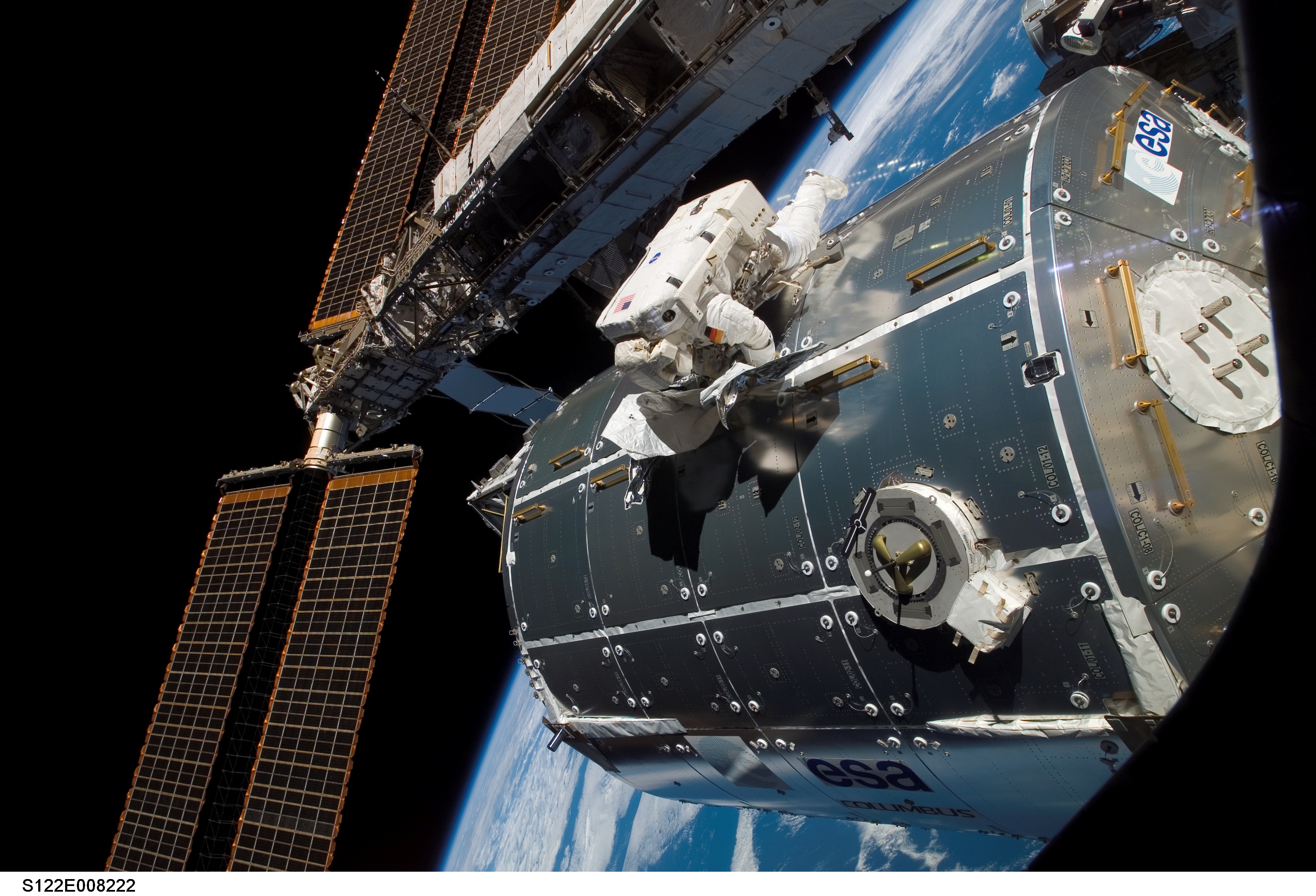There are some vacancies available at NASA. Chances are the candidate might go the moon. Here is the qualifications posted:
John Yembrick
Headquarters, Washington
202-358-0602
[email protected]
Kylie Clem
Johnson Space Center, Houston
281-483-5111
[email protected]June 25, 2008
RELEASE : 08-158
Deadline Approaching to Apply for New NASA Astronaut Class
HOUSTON — NASA’s deadline for accepting applications for the 2009 Astronaut Candidate Class is July 1. Those selected could fly to space for long-duration stays on the International Space Station and missions to the moon.
To be considered, a bachelor’s degree in engineering, science or math and three years of relevant professional experience are required. Typically, successful applicants have significant qualifications in engineering or science, or extensive experience flying high-performance jet aircraft.
Teaching experience, including work at the kindergarten through 12th grade level, is considered qualifying. Educators with the appropriate educational background are encouraged to apply.
After a six-month period of evaluation and interviews, NASA will announce final selections in early 2009. Astronaut candidates will report to NASA’s Johnson Space Center in Houston during the summer of 2009 to begin the basic training program to prepare them for future spaceflight assignments.
To apply to be an astronaut, visit:Additional information about the Astronaut Candidate Program is available by calling the Astronaut Selection Office at 281-483-5907, or by visiting:
http://www.nasa.gov/astronauts/recruit.html
– end –
http://www.nasa.gov/home/hqnews/2008/jun/HQ_08158_astronaut_deadline.html
